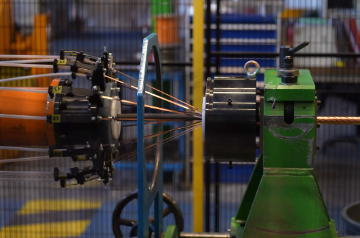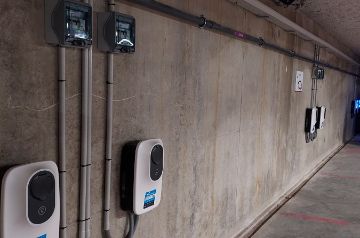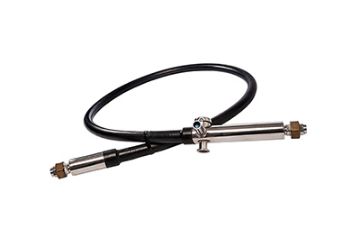- Markets
- Products
- Services
- News
- Tools & Resources
- About Nexans
- Search
- Contact us
- Compare
- Sign in
AmpaCity: optimizing the German city grid

-
LOCATIONGermany
-
PARTNERSHIPRWE
-
MARKETSuperconductivity
Optimizing inner city grids
Distribution network operator RWE Deutschland AG was looking for a cost-effective way to serve the city centre of Essen in the west of Germany at distribution voltage. A research project – AmpaCity – was launched to identify the best way to achieve this.
Nexans worked with RWE, the Karlsruhe Institute of Technology (KIT) and the University of Hanover to evaluate and develop a solution using superconducting cable to link two substations 1 km apart. This was achieved using a single three-phase HTS cable with a capacity of 40 MVA. The new link operated at medium voltage (10 kV) and replaced a conventional high-voltage (110 kV) connection.
The complete solution, including a superconducting fault current limiter (SFCL), was successfully deployed in Essen’s grid in 2014. The project was backed by BMWi, Germany’s Federal Ministry of Economics and Technology.
Voltage
Current
Power
Connected to grid

Nexans solution: a single high temperature superconductor improving capacity and resilience of the network
Nexans manufactured and deployed both the superconducting cable system and superconducting fault current limiter. AmpaCity was the world’s longest superconducting cable link and was in operation for seven years.
The HTS solution deployed in Essen delivered a number of important benefits above and beyond improving the capacity and resilience of the distribution network. The right of way required for Essen’s single HTS cable was considerably narrower than that which would have been required for either a conventional high-voltage link (which would have needed three single-phase cables) or a conventional medium-voltage link (which would have required 15 single-phase cables).
As a result, civil works, permitting and traffic disruption were all kept to a minimum.
A significant benefit of using a medium-voltage (10 kV) HTS solution was that it demonstrated the “remote substation” concept, making it possible, through superconducting cables, to eliminate 110 kV substations in city centres – a significant saving both in terms of space and CAPEX. A TCO (Total Cost of Ownership) comparison for the Essen grid demonstrated that the HTS solution was cheaper than the conventional 110 kV solution thanks to the reduction of the number of transformers and related savings in substation equipment.
Our websites
Select your country to find our products and solutions
-
Africa
- Africa
- Ghana
- Ivory Coast
- Morocco
- North West Africa
- Americas
- Asia
- Europe
- Oceania







_reduced.jpg/jcr:content/AmpaCity-(2)_reduced.jpg)




